
The Sorrows of Young Werther (1787).
Johann von Goethe
This novel marks the beginning of the Romantic Era—in which we still live—a movement that elevated strong emotion to importance in the way we experience art. At first Werther is enlivened by falling in love with his best friend’s fiancée, but he later realizes the impossibility of his situation. When this book was first published, identification with Werther is said to have been so intense that people went about dressing and acting like him.
X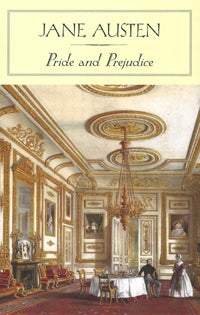
Pride And Prejudice (1813)
Jane Austen
This may still be the world’s best love story. Rather than falling-in-love with a stranger glimpsed across a room, here love grows between two people only as they come to understand each other. Austen artfully arranges that the reader learns about the characters at the same time, and in the same way that their knowledge about each other grows.
X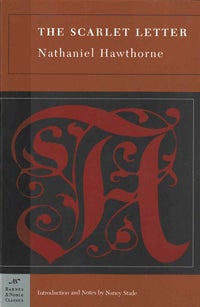
The Scarlet Letter (1850)
Nathaniel Hawthorne
Alone with her small child, Hester Prynne is shamed by the puritan community in seventeenth-century Boston by branding her with a scarlet letter “A” on her forehead, to signify that she has committed adultery. Hester’s exclusion from society enables her to see more deeply into its workings than people who are its more conventional members.
X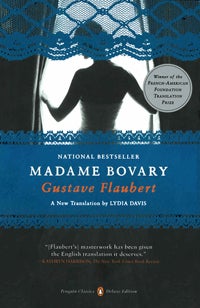
Madame Bovary (1856)
Gustave Flaubert
This is the story of Emma Bovary, who marries a kind-hearted but dunce-like country doctor, and starts an affair with a local landowner. Flaubert was the first to formulate an explicit theory of how to write prose fiction. In this novel, his masterpiece, he enables readers to see the world both through Emma’s eyes and, at the same time, from an external perspective.
X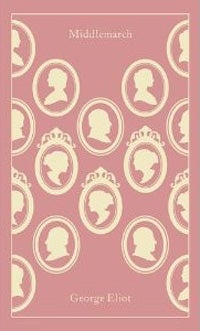
Middlemarch (1870)
George Eliot
Virginia Woolf called this one of the few “English novels written for grown-up people.” It’s about the idealistic Dorothea Brooke who marries the aging scholar, Edward Casaubon. She hopes that helping him with what he believes to be a great work, “The key to all mythologies,” will enable her to enter his educated mind and his world. Only when they are married does she realize his pedantry and pettiness. This is a story of how the quality of our emotions is responsible for the quality of our relationships. It’s the first novel in English with fully-articulated portraits of a range of characters from the outside and from inside their experience.
X
Anna Karenina (1877)
Leo Tolstoy
Many regard this as the world’s finest novel. Anna is married to an admirable but stuffy man. She falls in love with the handsome and dashing Count Vronsky. The book engages us fully in Anna’s emotions and actions, and enables us to realize how, although love may seem stronger than everything else, it may not be enough to sustain a whole life.
X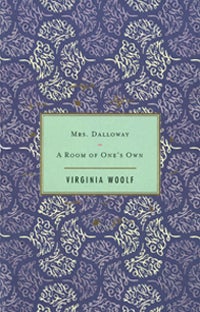
Mrs Dalloway (1925)
Virginia Woolf
This short novel, set in London just after World War I, is a wonderful plunge into a stream of consciousness. Inside Clarissa Dalloway’s mind we make arrangements for a party, worry about her daughter, visit memories of her youth, think about a man whom she decided not to marry, and realize her connectedness with people across the whole of London.
X
Beloved (1987)
Toni Morrison
After the Civil War, Sethe, an escaped slave, is pursued by a posse. She kills her infant daughter, Beloved, to prevent her return to slavery on the Kentucky plantation, Sweet Home. The story opens like this: “124 was spiteful. Full of a baby's venom." Beloved is haunting Sethe’s house, 124 Bluestone Road, Cincinnati, where she was killed. Paul D, who was also a slave at Sweet Home, arrives at 124 and tries to get Sethe to leave the past behind. As Sethe struggles to move past her pain, the reader struggles with her.
X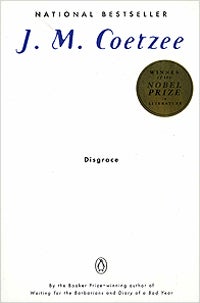
Disgrace (1999)
J.M. Coetzee
In this novel, set in post-apartheid South Africa, a white English professor, David Lurie, starts an affair with Melanie, a young black student in one of his classes. The affair sets off a series of events that cast harsh light on the relationships between former colonizers and the people they colonized. Lurie’s affair is discovered, and in disgrace he leaves the university to live with his daughter under precarious circumstances. They must both adjust to a world in which the balance of power is shifting.
X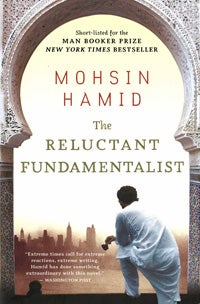
The Reluctant Fundamentalist (2007)
Mohsin Hamid
Astonishingly, and engagingly, told as one part of a conversation in which we never hear the other part, this is the story of Changez, top of his class at Princeton, who was snapped up by a New York financial firm in which he was a brilliant success. In the wake of 9/11, he finds himself unable to continue in his job, and he returns to his hometown of Lahore, in Pakistan. There, he becomes a university lecturer who voices opinions that may be unwelcome to the U.S. The conversation, at a café table in Lahore, is with an American man who possibly is carrying a gun in an under-arm holster …
X